How Curators Wrestled With the Complex Story of American Business
The broad and sometimes difficult history of business in the U.S., its rogues, heros, successes and failures, is the dynamic story in a new exhibition
/https://tf-cmsv2-smithsonianmag-media.s3.amazonaws.com/filer/b2/5d/b25df57a-a40f-48c8-8727-e588337ee704/entranceweb.jpg)
The Smithsonian National Museum of American History opened just over a half century ago as the Museum of History and Technology. Its history collections focused on everyday life in America's past, from clothing and household goods, education and community. Its technology collections included steam engines, early computers and the instrumentation of the physical sciences.
After 1980, when the museum became officially designated by presidential signature as the National Museum of American History, the curators expanded their collecting efforts to gather the material reflecting the country's multicultural story including among other things, slave life, Hispanic culture in the Southwest, relics from the Japanese internment era, pins and banners from the women's movements, and other artifacts telling the stories of immigrants arriving from Latin America, Europe and Asia, as well as the great migration of African Americans to the northern states and the Civil Rights movement.
But only now has the museum—which draws 4 million visitors a—dedicated a permanent exhibition and gallery to the full range of U.S. business.
“American Enterprise,” the 8,000-square-foot anchor of the museum’s brand new Innovation Wing, includes more than 600 objects, images, interactive stations and video—a new take on the role that businesses play in America's history from 1770 to present day.
“Here, visitors will learn how businesses affected the nation’s history as well as their own lives,” says John Gray, the museum’s director. “‘American Enterprise’ shows how the United States has moved from being a small dependent nation to being one of the world’s most vibrant and trend-setting economies.” As such, he says, “understanding the business development of the nation and the corresponding social effects is fundamental to the lives of the American people, the history of the United States and the nation’s role in the world.”
Inside are the kinds of singular historical artifacts visitors come to the Smithsonian to see, from Eli Whitney’s cotton gin to Alexander Graham Bell’s experimental phone to Thomas Edison’s lightbulb.
But it also has many items common to American households, from Barbie dolls to early cell phones and popular ad campaigns that combine to tell a story of business that has never been told at the Smithsonian in quite the same way.
With the new exhibition, which has been several years in the making, the museum is aligning itself with how American history is taught in classrooms, says David Allison, the museum's associate director for curatorial affairs, “If you look at how people learn history in schools, it’s mostly taught to American people through the lens of business, with technology being a piece of that, rather than technology per se.”
“We thought it would be best to align the museum with what’s taught in history curricula across the country and also thought: That’s how the subjects affected all of our visitors," says Allison. "Because we also told the story not just from the perspective of producers but also consumers, and how producers and consumers interact on the market place.”
The museum had a lot of artifacts already on hand to tell that story. But, Allison adds, “we have definitely done some new collecting as part of this, and a lot of reinterpretation of things we had, bringing in things that you not necessarily would have thought of as a part of a story on business.”
So there are more stories about women and about business rising in the African-American and Hispanic communities. There are new ways of interpreting things that may be unexpected, such as an exhibition label describing slavery as creating “enormous profits not only for Southern planters and slave traders, but also for Northern cotton mill owners and investors.”
“We actually think the fact that many museums present slavery as a moral evil in some ways misses the point,” Allison says. “Slaves were mistreated, but by and large they were seen as great investments, especially as the cotton grew…they took insurance policies on them. They were treated as [a] means to make money.”
Their approach was discussed with colleagues at the Smithsonian National Museum of African American History and Culture, who he said wanted to make sure they depicted slavery as more than a story of the South.
“From our perspective it’s a business history exhibition, telling the story that slavery was big business—not just in the South but across the country—which is a different story and in some ways I really think a more riveting and troublesome story.”
It may also explain why a display wall of otherwise familiar industrialists like the Astors or the Vanderbilts, there is one James De Wolfe, “a notorious slave trader and a U.S. senator from Rhode Island” whose “commerce in slaves, along with his cotton manufacturing interests, brought him great wealth and political prominence.”
Some might think he’s getting a place of honor alongside all of the other industrialists, but Allison says “Our goal is not to pick winners and losers, or heroes and villains. I mean, we have Ponzi on the wall.” And there he is—Charles Ponzi, whose cheating ways made him the namesake for the kind of scheme that bilked thousands of investors of billions of dollars, in the manner of Bernard Madoff.
“Their stories are part of the American framework,” Allison says of Ponzi and De Wolfe. “We’ve become judgmental looking back. But I don’t know if it’s our job to condemn or raise up people, but to show people that shaped our past and to engage you in the debate and what do you think about them?”
Says Allison: “We’re not taking a position on the history of business, we’re creating an environment for [visitors] to explore this subject with us, to see how it’s debated across time as it was in the beginning.”
“American Enterprise” is on view at the Smithsonian National Museum of American History in Washington, D.C. as part of the new Innovation Wing.
/https://tf-cmsv2-smithsonianmag-media.s3.amazonaws.com/accounts/headshot/RogerCatlin_thumbnail.png)
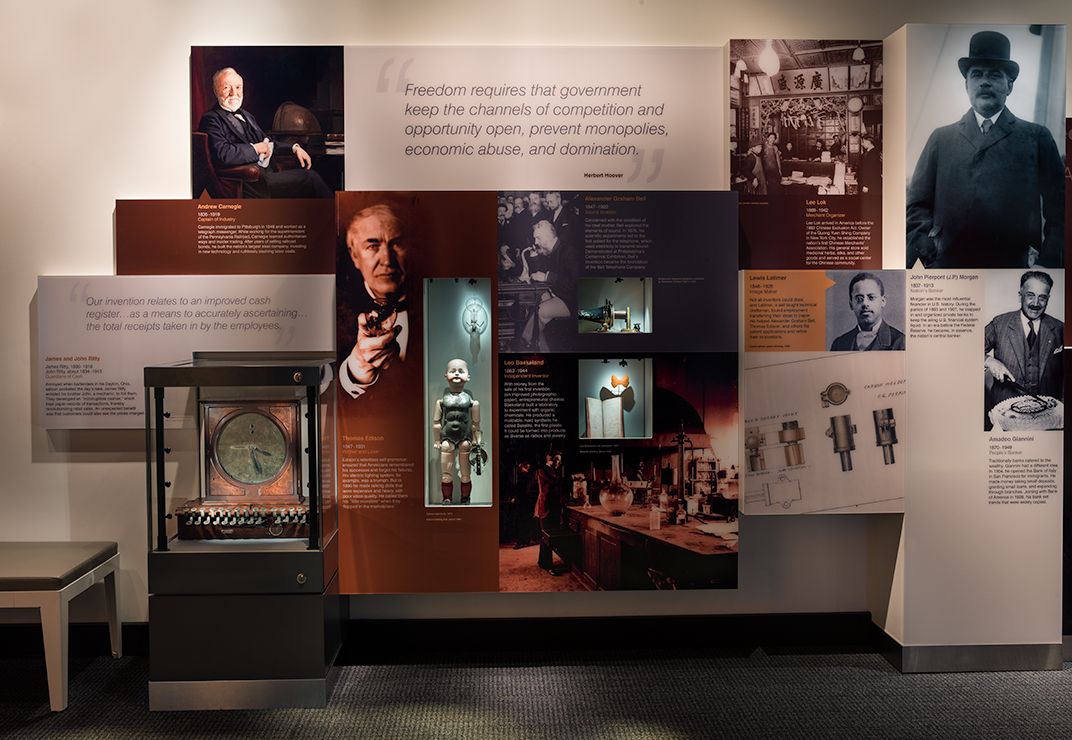
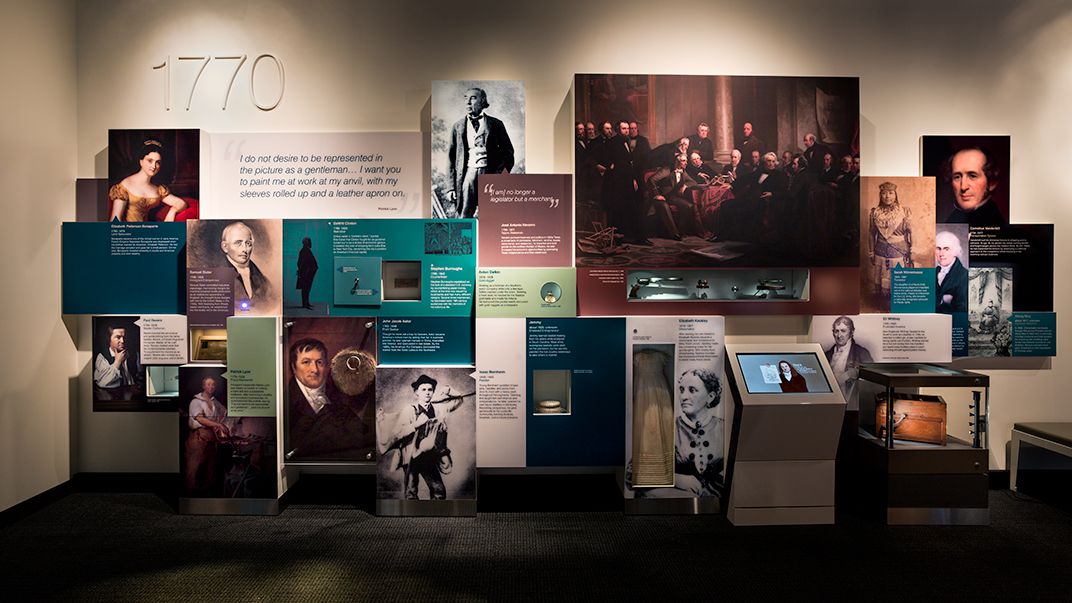
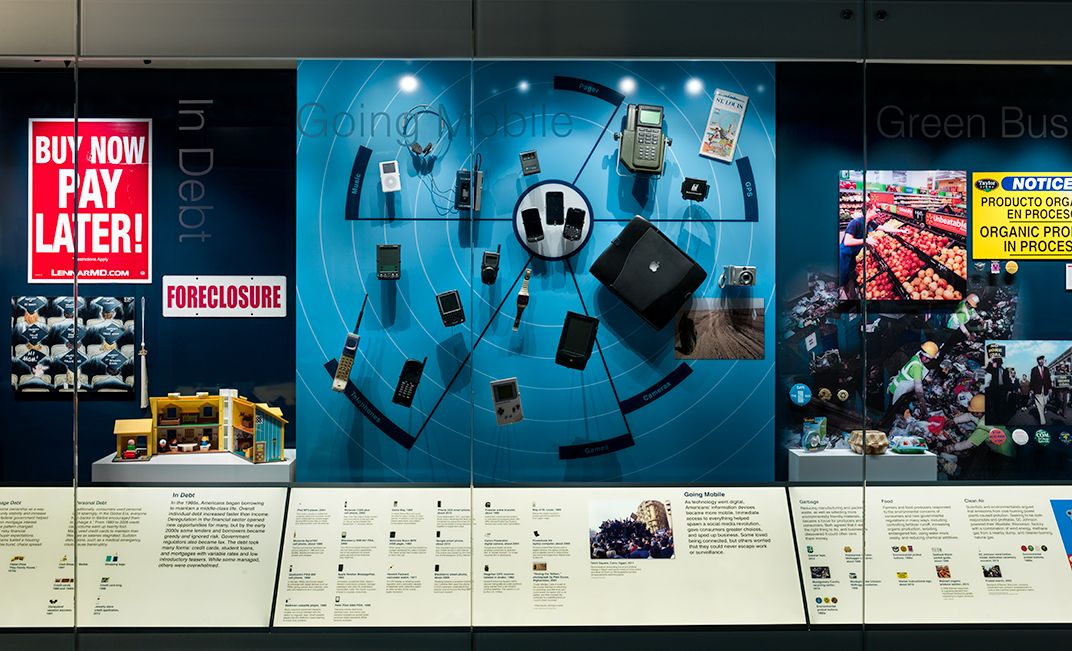
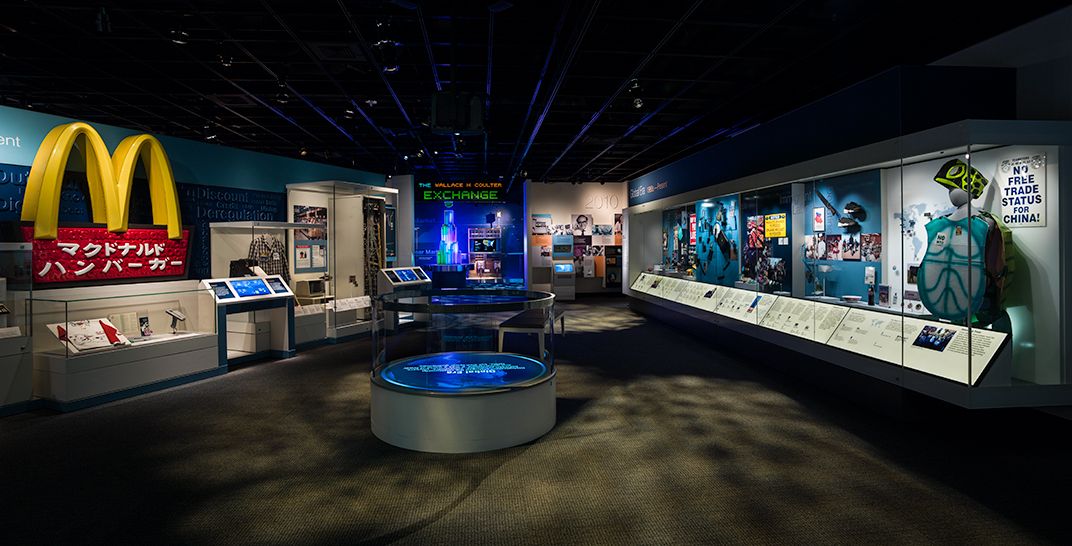
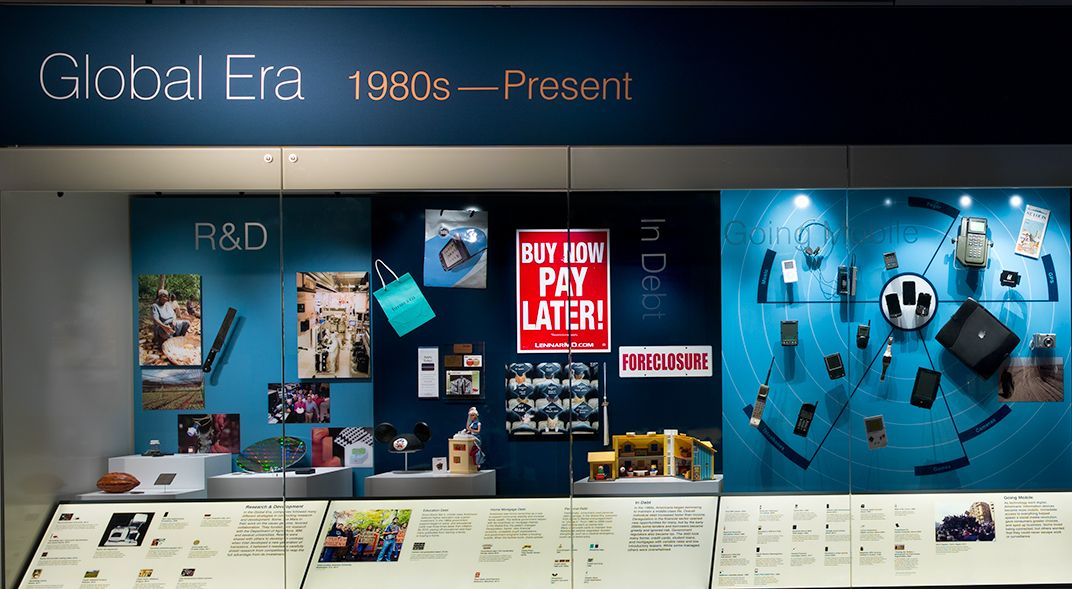
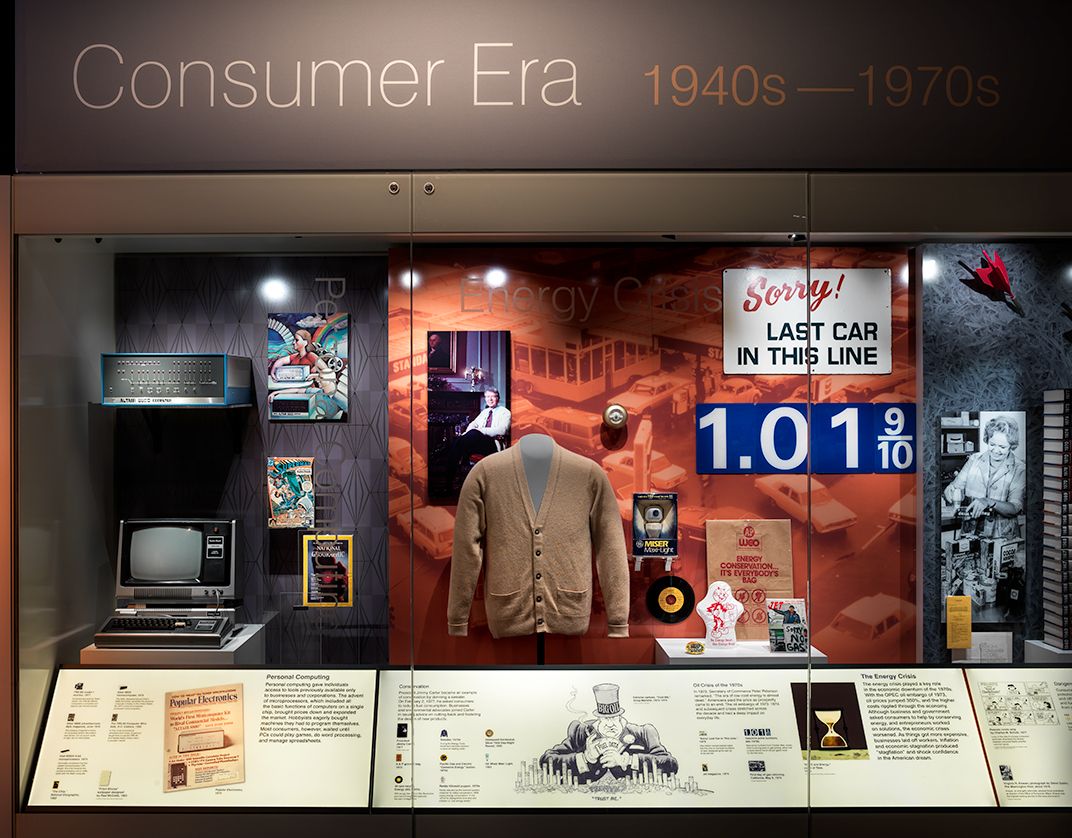
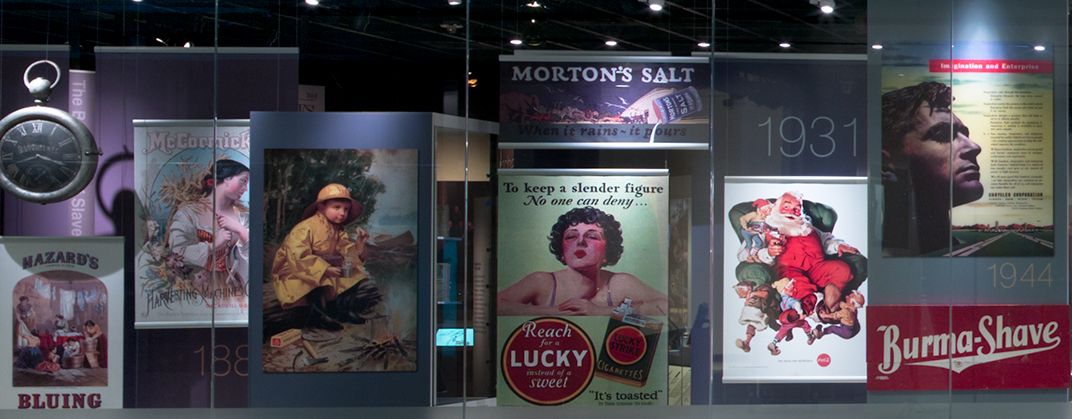
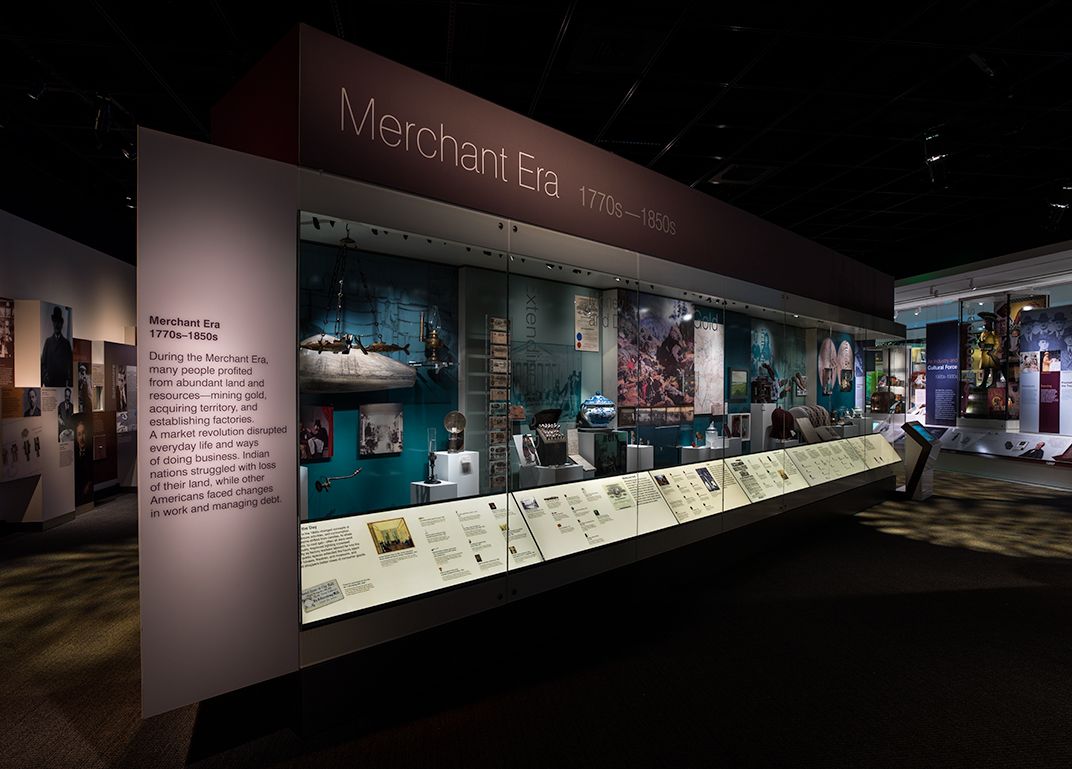
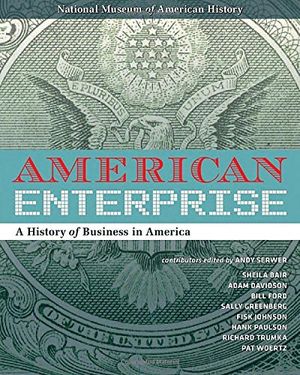
/https://tf-cmsv2-smithsonianmag-media.s3.amazonaws.com/accounts/headshot/RogerCatlin_thumbnail.png)